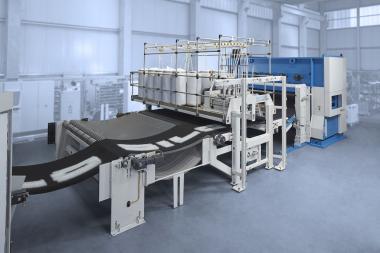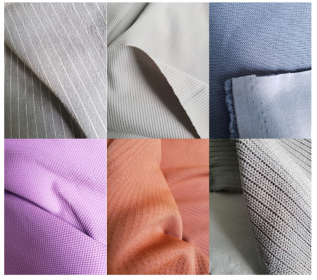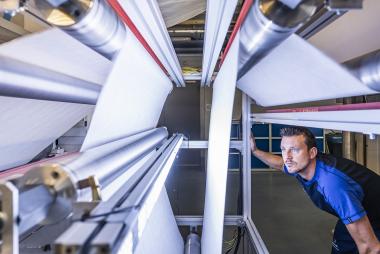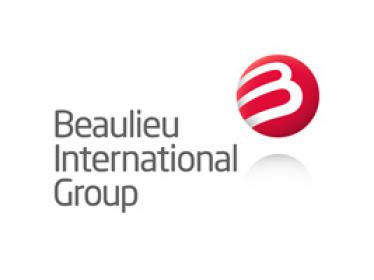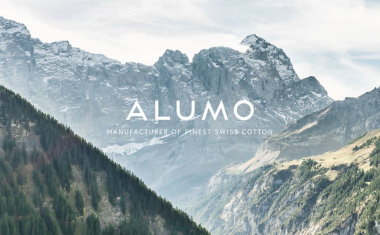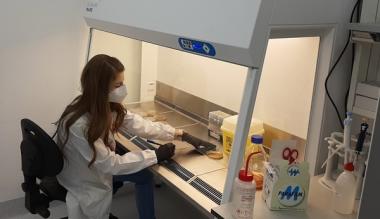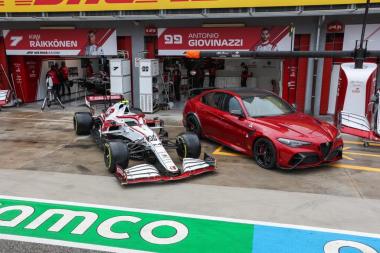Crypton to introduce Crypton® Celliant®
The Crypton Companies (Crypton LLC and Nanotex LLC), leaders in high-performance fabrics for contract and residential interiors, has partnered with Hologenix®, LLC, whose CELLIANT® infrared technology is an ingredient in world-class brands across many categories. The two have collaborated to create a new textile innovation, Crypton® CELLIANT®, the first woven upholstery fabric with CELLIANT.
CELLIANT, ethically sourced minerals embedded into fibers, reflects natural body heat back to us as infrared energy. It has been clinically tested and proven to increase cellular oxygenation for improved energy, stronger performance, faster recovery, better sleep and overall enhanced wellbeing. With the tagline “easy care meets self-care,” the new Crypton CELLIANT fabric additionally offers Crypton’s performance characteristics. These include moisture-resistance, stain-resistance, spill-repellence, odor-resistance and cleanability. Both Crypton’s contract fabrics and its Crypton Home lines will offer collections of this innovative blend of Crypton performance along with CELLIANT’s energy-enhancing properties.
Crypton CELLIANT is exclusively woven at The Crypton Mills at Broad River, the firm’s own mill in Cliffside, North Carolina, and enhanced with performance technology in its research and manufacturing facility in Kings Mountain, North Carolina, to the highest environmental standards. Like all Crypton products, Crypton CELLIANT is GREENGUARD® Gold Certified. Crypton CELLIANT will be introduced to market through distributors in early 2022.
Hologenix











